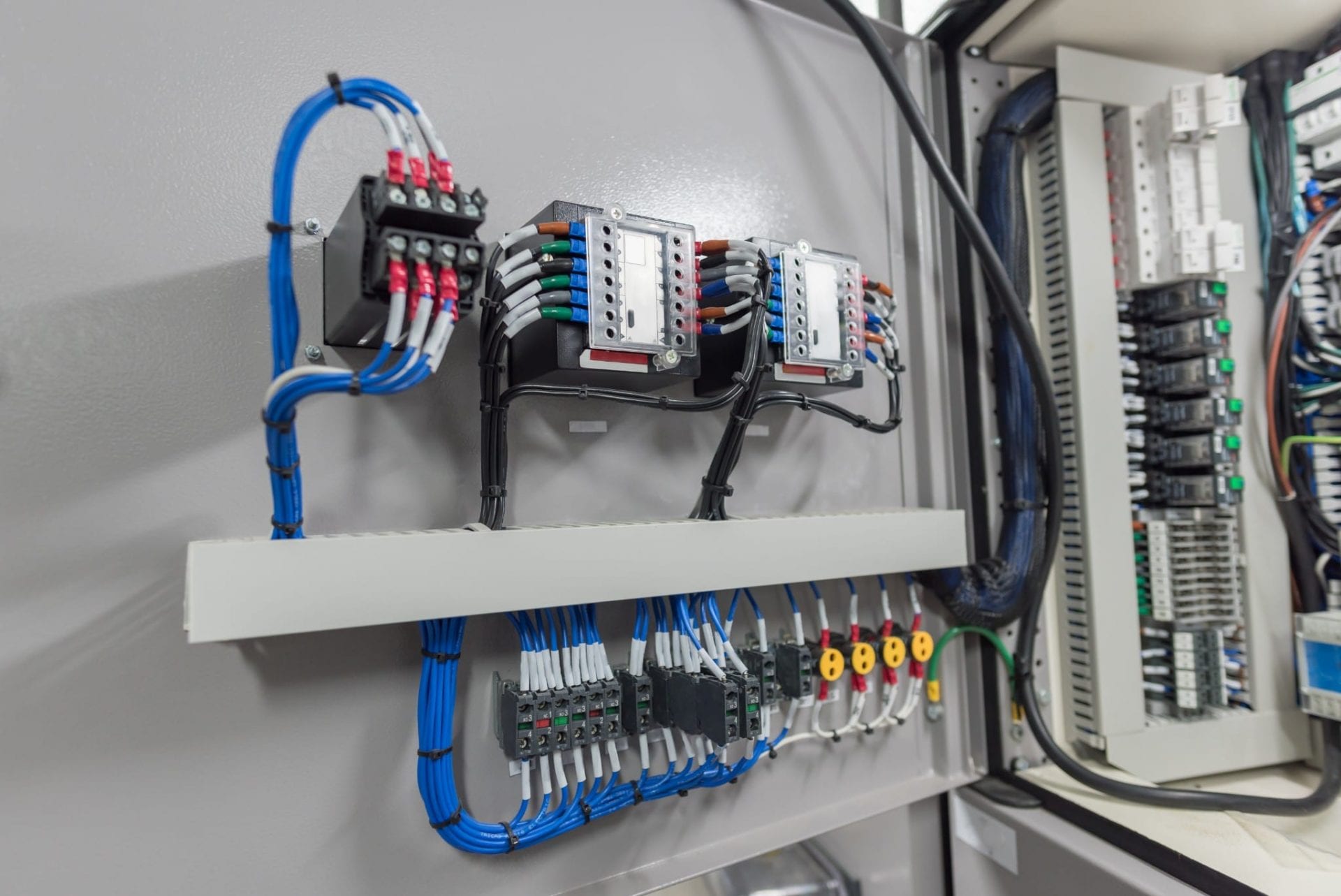The Fundamentals of Electrical Wiring: A Beginner's Guide

Electrical wiring is an essential part of any home, and knowing it is essential for every homeowner. It is not just important to ensure the efficient running of your house however, it is crucial to ensure your safety. In this post, we’ll go over the fundamentals of electrical wiring, the importance of safety, and the benefits of employing an authorized residential electrician to handle all of your electrical wiring requirements.
Understanding the fundamentals of electrical wiring
Wiring for electrical purposes is the network of electrical conductors that run throughout your home, providing electric power to appliances, devices, and lighting fixtures. It is formed by electrical circuits which connect your power source and your appliances. Electrical circuits are made up of wires, switches, as well as other components of electricity that work together to create a safe and functional electrical system. There are various kinds of electrical wiring, including aluminum, copper, and different types of wire insulation, such as PVC paper, rubber, or.
Planning and Preparation for Electrical Wiring
Before you install the new wiring for electrical use, it is important to consider many factors to consider, including the type of wiring you require, the power capacity that your electric system can handle and your power requirements. It is also important to be aware of electrical rules and regulations for wiring as well as the permits that are required in your locality. To be prepared for electrical wiring, create an electrical plan and evaluate your electrical needs. This will help make sure that the electrical wiring is secure, efficient, and meets your power needs.
Materials and tools required for Electrical Wiring
When installing new electrical wiring, it is important to have the proper materials and tools on hand. The most important tools are wire cutters, strippers, pliers, and an electrical voltage tester. Other items required for electrical wiring comprise electrical tapes, wire nuts, conduit as well as electrical box. It is also helpful to be equipped with a wiring diagram to help you with the process of installing.
Step-by-Step Guide to Electric Wiring Installation
Installation of electrical wiring can be a complex process However, with the proper tools and expertise, it can be done quickly and safely. This is a step-by-step guide to installing new electrical wiring at home:
Shut off the power source to the area where you will be working.
Plan the wiring layout and mark the location where the wiring will be positioned.
Install electrical conduits and electrical boxes wherever needed.
Cut and strip wires to the appropriate length.
Make sure you connect the cables to your fixture or device that you’re wiring.
Connect the wires using wire nuts, electrical tape, or conduit straps.
Check the wiring to make sure it is functioning properly.
In the process of installing it is essential to adhere to wiring installation best techniques and guidelines. Also, be conscious of common mistakes you need to avoid when installing electrical wiring for example, over-loading the circuits of damaged wires and using the incorrect type of wire for the job.
Troubleshooting Electrical Wiring Problems
Even with careful design in the installation and design, wiring problems may develop. Common problems include wiring damages, circuit overloads and electrical shorts. To solve these issues, it is important that you are aware of the most common electrical wiring issues and know how to effectively and safely tackle the issue. In addition, it is essential to follow the proper electrical safety protocols when attempting to solve electrical wiring problems including shutting off the power source and wearing protective gear.
Conclusion
In conclusion, understanding how your electrical wiring is wired in your home is vital to your safety and the efficient operation that your electric system provides. It is essential to employ a licensed electrician to make sure your wiring is installed and maintained correctly. In Local Electrician Bankstown, we provide an array of electrical services, including electrical wiring installation and repair. Reach out to Local Electrician Bankstown at 1300 941 876 for all your electrical wiring requirements.
Electrical Wiring FAQ
Here are some commonly asked questions regarding electrical wiring, as well as extra safety advice and best techniques for electrical wiring installation and repair:
What kind of wire should I use to wire my electrical circuit?
The type of wire that you will need for your electrical wiring will depend on the specific requirements of your home and local building codes. It is important to use the appropriate gauge of wire along with the insulation type, as well as wire materials to ensure the security and effectiveness for your wiring system.
Do I have the ability to put in myself my own wiring for electrical use?
While it is possible to install an electrical wire yourself it is crucial to have the skills and knowledge to complete the task in a safe and efficient manner. In the majority of cases it is advised to employ an authorized electrician to ensure that your wiring is installed and maintained correctly.
How often should I be having my electrical wiring checked?
It is suggested to examine your electrical wiring every 10 years or when you observe symptoms of electrical malfunctions for example, frequent circuit breaker trips or electrical shocks.
What do I do if notice electrical wiring problems in my home?
If you spot any electrical wiring problems in your home, like flickering lighting or outlets that do not work, it’s crucial to address them immediately. Shut off power to the affected area and contact an authorized electrician to assess and repair the issue.
If you follow these guidelines and the best practices, you can make sure that your electrical wiring is secure and operating in a safe manner. Remember to prioritize safety and consult with a licensed electrician whenever you need to. Contact Local Electrician Bankstown at 1300 941 876 to discuss all of your electrical wiring requirements.
